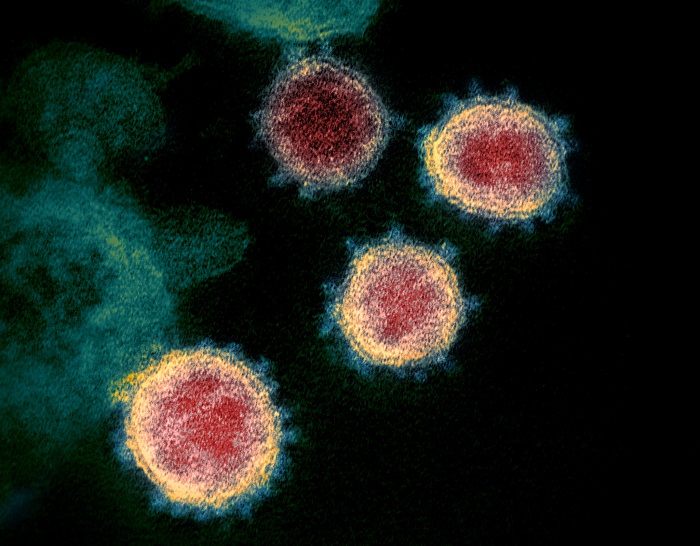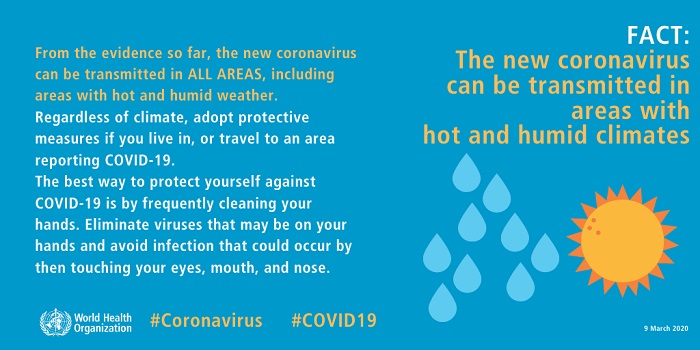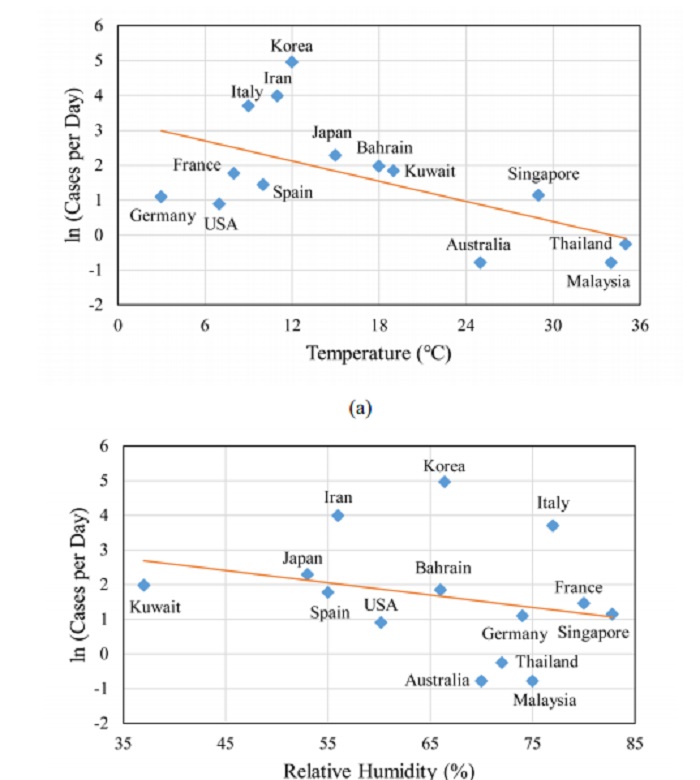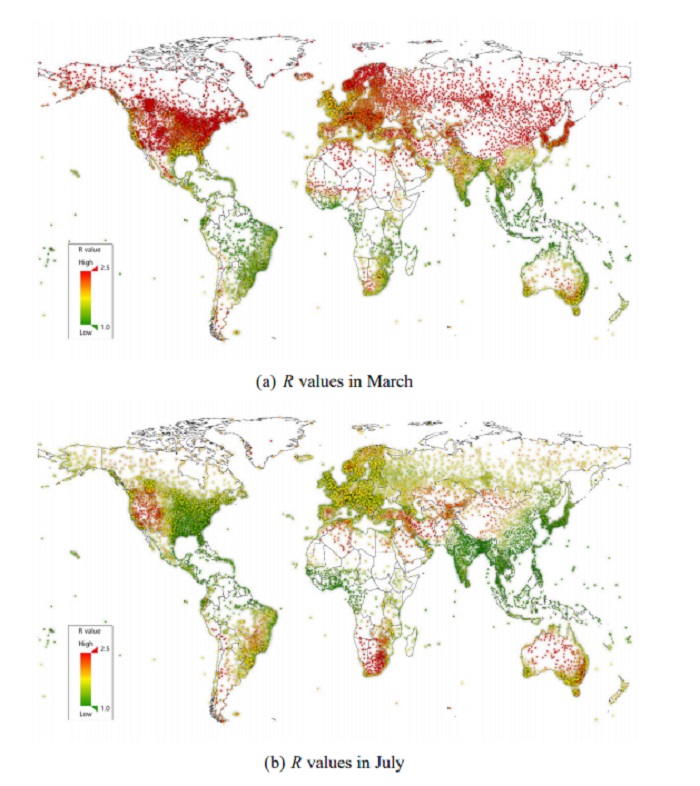
There has been a great deal of discussion about the impact warmer weather may have on the spreading of the Coronavirus. Many in Greece and the rest of the northern hemisphere will hope that as the temperature rises with the Spring, the impact of the coronavirus will lessen.
But what does the evidence currently out there say?
Although the Coronovirus exhibits similar symptoms to the common influenza virus that predictably flares up around the world during the winter months, this is a new virus that is spreading quickly, and globally, seemingly paying little attention to the temperature and humidity of environments.
Australia, currently experiencing highs of 25 degrees, (77 degrees Fahrenheit) is registering new cases daily. Tom Hanks and his wife Rita were recently infected with the virus while filming on the nation’s Gold Coast.
India, Singapore, and Thailand are all recording cases daily despite the humid environment in those countries. Brazil and Argentina, both currently experiencing their summer months, are also recording new infections daily.

Dr. Maria Van Kerkhove, an infectious diseases epidemiologist with the World Health Organization (WHO) said in a press conference on March 5 “We have no reason to believe that this virus would behave differently in different temperatures.” However, she goes on to suggest that seasonality could play a part in its spread — eventually.
“In the northern hemisphere we have the flu season, which is ending fairly soon, and in the southern hemisphere, we’ll have the flu season starting. And so it will be interesting to see what will happen in the northern hemisphere and the southern hemisphere. But to look at seasonality you need to look at patterns over time, and we do need some of that time to be able to see what happens,” she explains.

Dr. Marc Lipsitch, a Harvard professor of epidemiology, adds that “while we may expect modest declines in the contagiousness of SARS-CoV-2 in warmer, wetter weather and perhaps with the closing of schools in temperate regions of the Northern Hemisphere, it is not reasonable to expect these declines alone to slow transmission enough to make a big dent.”
With that being said, a team of data researchers in China have analyzed data from the Chinese Center for Disease Control and Prevention and determined that an increase in temperature and humidity will indeed slow down the transmission of the virus.
Their report measures the “Effective Reproductive Number” or “R,” of the coronavirus, which essentially means how easily the virus is transmitted. In other words, if one person is infected, how many people will they likely transmit the virus to?

The researchers say “One degree Celsius increase in temperature and one percent increase in relative humidity lower “R” by 0.0383 and 0.0224, respectively. This result is consistent with the fact that the high temperature and high humidity significantly reduce the transmission of influenza. It indicates that the arrival of summer and rainy season in the northern hemisphere can effectively reduce the transmission of COVID-19.”

The data is from a relatively small sample of 4,711 and is not to be considered conclusive. However, it does offer a small glimmer of hope to the world at this unsettling time.
With governments around the world implementing measures to contain the virus, this small decrease could prove incredibly advantageous in what has become known as “flattening the curve.” These preventative measures are designed to reduce the impact the virus will have on overstressed health systems, and stem the rapid rise of case numbers in some countries.
China and South Korea, both countries which have experienced a high number of cases and fatalities, are beginning to turn things around, with the number of cases being reported decreasing daily.
This appears to be largely due, however, to the preventative measures put in place by health officials and the government such as isolation, travel restrictions and social distancing — not temperatures, since it is too early in the year to have seen a warming trend in these countries.
See all the latest news from Greece and the world at Greekreporter.com. Contact our newsroom to report an update or send your story, photos and videos. Follow GR on Google News and subscribe here to our daily email!



